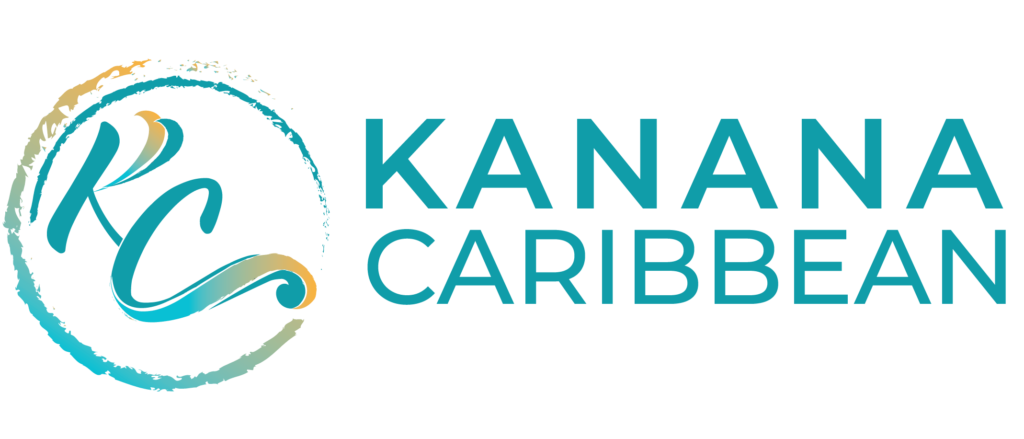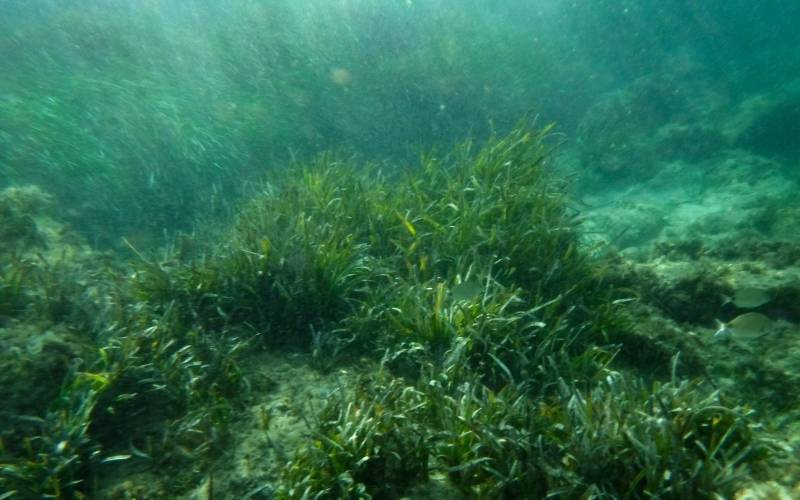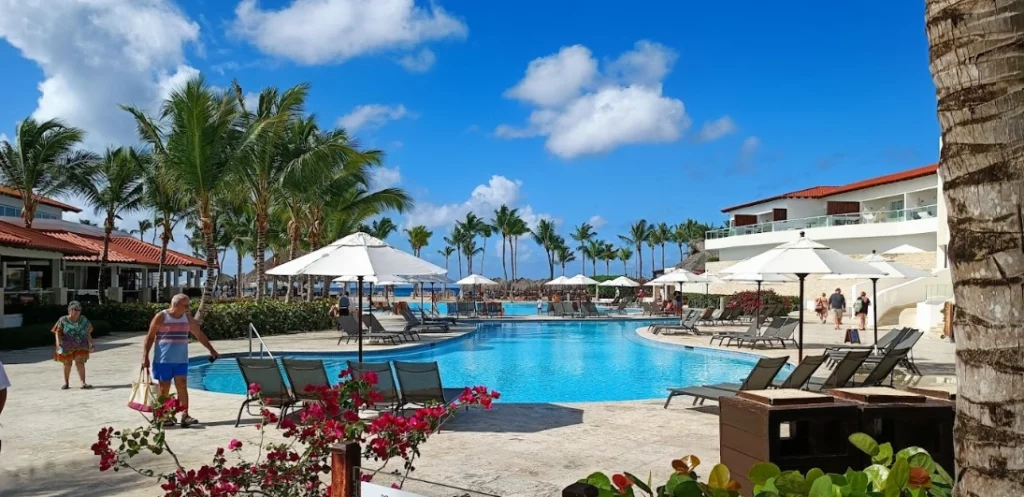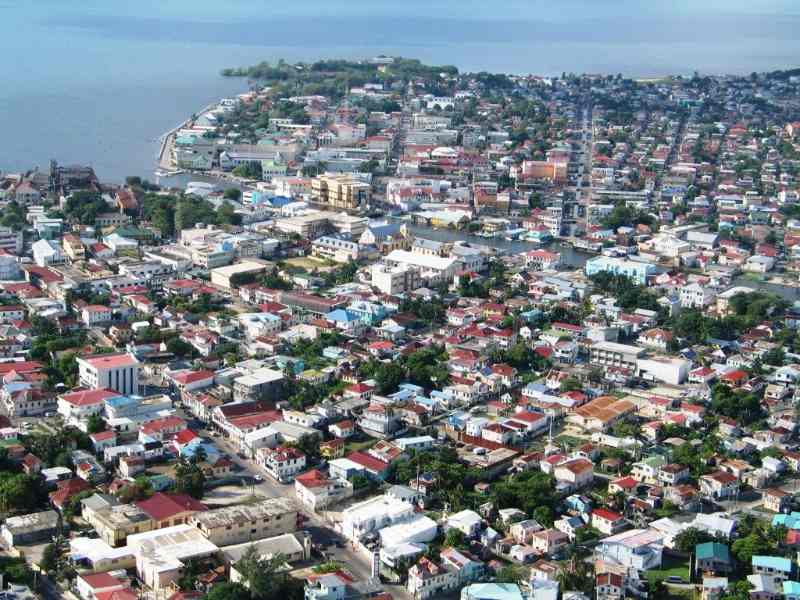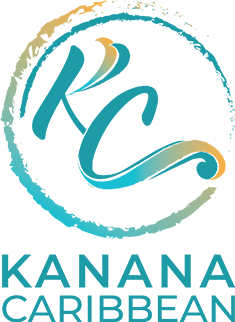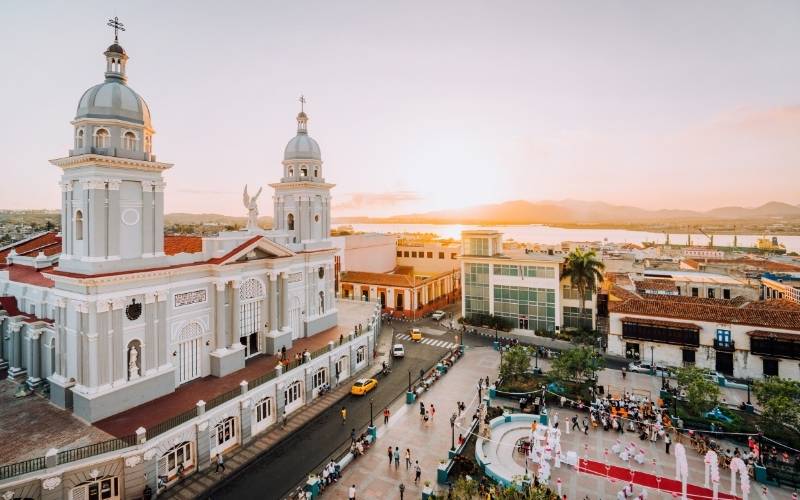
Home » Learn About The Rich History of The United States Virgin Islands
Learn About The Rich History of The United States Virgin Islands
The US Virgin Islands are known as “America’s Caribbean Paradise,” where you may see moko jumbies (stilt walkers) dance in a Carnival parade, hear a Creole dialect’s melodious patois, and smell the spices in a saltfish pate.
You can go to either St. Thomas, St. John, or St. Croix, or even better; you can spend a little time on all three islands. You’ll get lots of pampering, an unspoiled environment, and colonial history all crammed into one holiday this way.
Each island has something unique to offer. St. Thomas is recognised for luxury, from the megayachts docked in the port to the high-end storefronts along Main Street, and is nicknamed “Rock City” because of its steep, rocky horizon. With almost 7,000 acres of devoted parkland and magnificent beaches, St. John, just a short ferry ride east, appeals to honeymooners and environment enthusiasts.

St. Croix, located far south in the Caribbean Sea, offers tourists the opportunity to learn about the island’s colonial past and the history of slavery at various forts and plantations. Aside from that, the Cruzan Rum Distillery is also located on this island.
Seven nations have ruled the US Virgin Islands during the last 500 years, producing a rich tapestry of culture, food, architecture, customs, and music. The US Virgin Islands have a thriving art and entertainment sector and a diverse range of deeply ingrained cultural traditions and festivals.
The culture of the Caribbean islands, one of the most beautiful places on the earth, reflects the region’s history and various influences. The output of paintings, drawings, prints, and sculptures throughout the Caribbean demonstrates the existence of several streams inside one large river. This is unsurprising, given that the phrase “Caribbean art” refers to the work of all the islands and artists whose roots connect them to the region.
The rich production, like the output of African artists, is still considered unknown and undiscovered by the leading art players, owing to its past and geographical location.
Fascinating Traditional Art in the US Virgin Islands
Table of Contents
Fascinating Traditional Art in the US Virgin Islands

Caribbean art represents the region’s rich history and different waves of migration, from the indigenous Arawak people’s creations to the diverse influences of the many settler nations.
Caribbean paintings must be viewed as a collage of all the different times of the island’s heritage, incorporating distinct types of European art with its own culture. The traditional production of the islands was unexpectedly gradual, forming from the colonial period and its first immigrants through the effects of European style art and Spanish and French culture.
Except for the art on Haiti’s island, experts believe that evidence of local creativity dates from the twentieth century. A small group of Caribbean artists concentrated on the re-invention of traditional Arawak production in the 1950s and 1960s. Arawak creations are known for their stone carvings, pottery, and figurines, and they are a vital element of the islands’ culture.
There has been significant discussion about whether or not Caribbean culture and art have a unified style. Production is broad and versatile, with one stream focusing on keeping the tradition alive and the other defined by the necessity for young Caribbean artists to keep up with crucial contemporary art trends.
The distinction between high and popular art has eroded in recent years, making it even more difficult to identify significant trends and styles. A further factor that isn’t helping the situation is how large the region is and the fact that each island has its own distinct identity.
Afro-Caribbean art began to portray postmodern concerns about identity and cultural variety in the 1980s and 1990s, honoring its African roots. This has piqued the interest of some of the world’s most important art centers, which continues to this day. The region has become known in recent years as the birthplace of some of the most noteworthy art events.
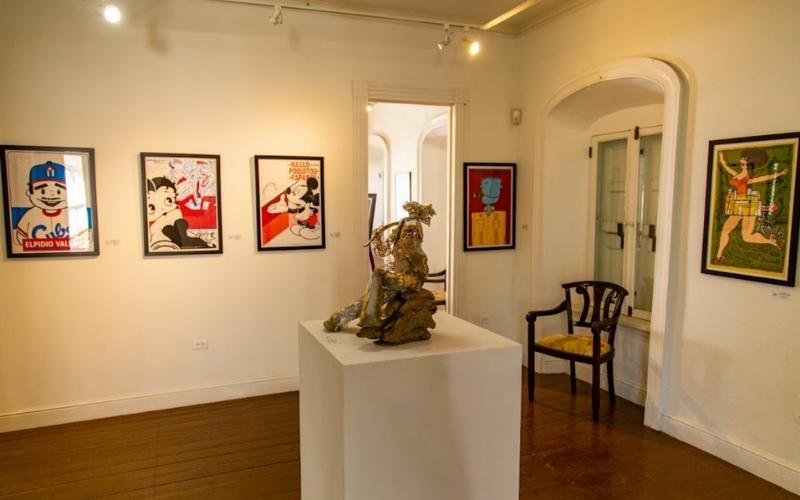
The Barbados Fine Art Fair, the Jamaican Biennale, CafaFair, and the expanding number of local and global galleries all contribute to celebrating and bringing this culture closer together.
The migration of artists from and to the islands has aided in creating this spectacular show, which is intended to celebrate life, color, nature, tradition, and reflect on today’s serious challenges. With this article, we tried to show only a small part of this beautiful culture, which reminds us of its rich history.
‘Caribbean Art at the Crossroads of the World’ has been called one of the best books that show the modern Caribbean through art. They take us on a journey through different styles and influences. It provides a detailed analysis of the history and important effects from the 18th century to the 21st century.
The writings examine not just the particular creation of the islands but also the richness of the coastal area and the enormous diaspora, addressing some of the region’s most pressing challenges. The question of artistic output, colonial time, and the function of art in establishing the region’s identity are explored in essays by eminent scholars.
If you’re interested in Caribbean culture, you should buy this book, called “the definitive volume on Caribbean culture for decades to come.”
Arts and Crafts
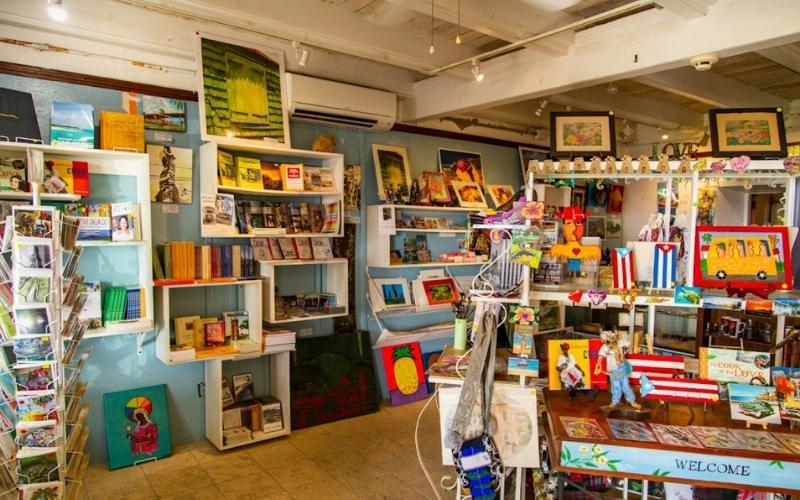
The islands are home to a sizable number of artists and crafters. Their body of work includes various artistic mediums, such as watercolor and oil paintings, sculptures, turned wood, hand-made jewelry, and more.
Look for locally made artwork and crafts in local galleries and shops, as well as at cultural events and from street vendors.
Art Classes
You can take art classes for adults and children at several different resorts, art centers, and galleries. The majority are project-based and last for a couple of hours.
Participating in a class on a drop-in basis is an excellent way to make a one-of-a-kind vacation souvenir and to mix and mingle with locals.
Art Galleries
The galleries on St. Thomas, St. Croix, and St. John each has their unique selection of art galleries to choose from.
Weekends frequently feature unique exhibitions of art, which typically begin in the early evening. During the tourist season, the island of St. Croix has a famous Art Walk once per month.
Performing Arts

Several different groups in the performing arts preserve traditional dances such as the quadrille and the bamboula, as well as more classical forms of dance such as ballet. Stilt dance troupes performing as mocko jumbie are quite popular.
Some solo artists and bands play a wide array of musical styles. Theater groups perform plays and musicals.
Photography
When it comes to photography, you have the opportunity to capture some truly breathtaking scenes, such as the turquoise ocean, white sand beaches, brilliantly painted cottages, tropical fruit stands, sunsets, and sailboats.
These are just some of the fantastic opportunities that await you. On the island, photographers will occasionally offer specialized classes, such as underwater photography.
Caribbean Culture

Have you seen a mocko jumbie? Have you been listening to the mellow sound of the steel pan?
Has quelbe or soca got you shaking your hips? Tasted callaloo? Get a taste of the Caribbean culture of the islands by eating traditional island food, searching out live music performances, and participating in other cultural activities.
Genealogy
The libraries specializing in genealogy can be found on both St. Croix and St. Thomas. They concentrate on records from the Caribbean region and the Virgin Islands.
The collections include antique copies of literature as well as maps and photographs. It is absolutely worth going there if you want to research your family tree, and it is also worthwhile to visit if you are interested in history.
Heritage Attractions
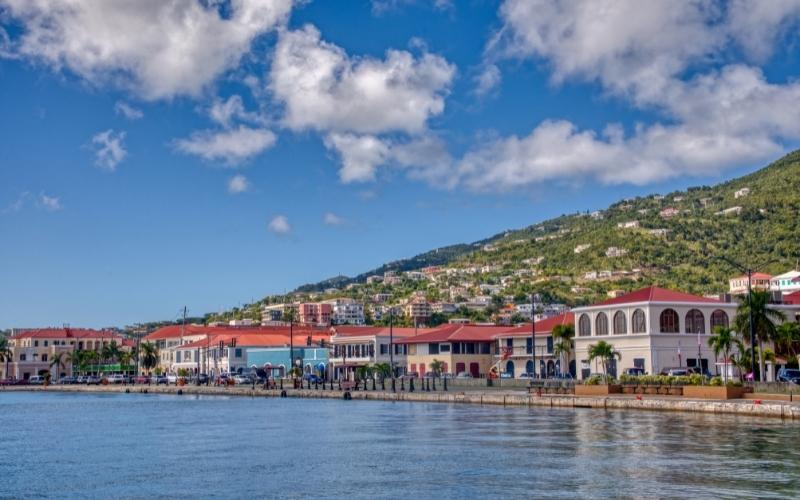
Until 1917, the islands that are now part of the United States Virgin Islands were a Danish colony. Visit some of the historical forts, churches, and mansions in the main towns to gain knowledge regarding the colonization of the Caribbean.
Visitors are welcome to explore the abandoned plantations of St. Croix and St. John.
Museums
The Museums on St. Croix, St. Thomas, and St. John house collections of West Indian Mahogany furniture, clothes, pictures, relics from Amerindian inhabitation of the islands, plantation history, and slavery, as well as items from modern times.
Some of the treasures on display date back to the prehistoric periods. There are other museums dedicated to displaying heritage as well.
Here is a two weeks itinerary for you when visiting US Virgin Islands. From beaches, hotels, and even museums and art galleries.
KEY TAKEAWAYS ...🛪
Caribbean art encompasses both visual (painting, photography, and printmaking) and plastic (sculpture) arts that originate from the Caribbean islands.
Art in the Caribbean represents thousands of years of occupation by Arawak, Kalinago, and other Caribbean peoples, followed by waves of immigration that included artists of European origins and, later, artists from all over the world (including countries in the African continent).
Artists have taken their traditions and altered these inspirations to reflect the realities of their existence in the Caribbean, which is reflected in the character of Caribbean art. The Virgin Islands can hardly be described as having a distinct national culture. There is not much in the way of folklore or typical music.
However, in 1965, the Virgin Islands Council of the Arts was established as an appendage of the United States National Foundation for the Arts and Humanities. Local community arts councils have been established on each of the three American islands. They support the performing arts by sponsoring productions and offering various arts and crafts classes.
Find out more about Kanana Caribbean island facts, vacation planning, sightseeing, travel deals, and possible upcoming events
